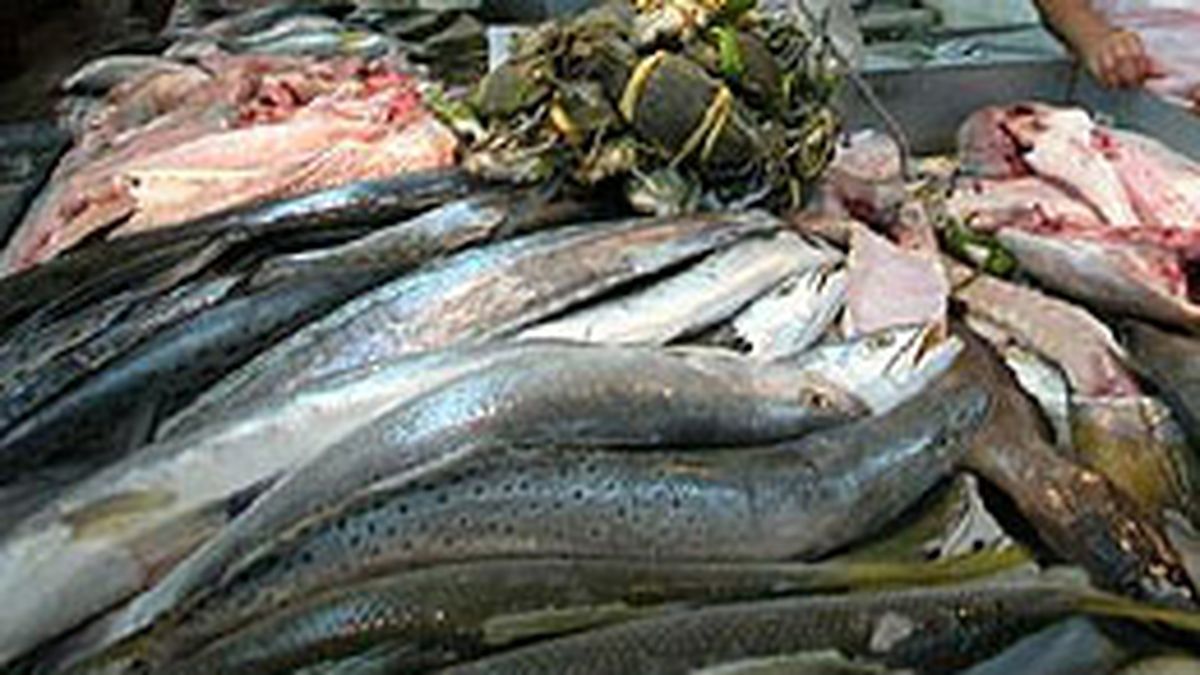“Whole shrimp fell 24.9% and shrimp tails fell -18.7%. The whole shrimp registered a decrease in the average price of -6.3%. ANDThis situation was a consequence of the sharp fall in prices registered in relevant markets during the July-September quarter, which averaged -6.6% for July, -10.3% in August and -15.3% in September”, they reported.
And they added that the exported volume decreased by 19.9% while the exported value fell by 24.9% due to the combination of the fall in prices and volume.
Likewise, they detailed that shrimp tails registered a 9.6% increase in prices that allowed to “alleviate” the significant drop in exported volume that was close to 26%.
“This product is registering monthly falls in its average prices since the peak it had in June 2022 (USD 8,711 per ton).”, they remarked.
Hake and Squid
Within general low, Hake filet increased its export value by 14.4%, and squid registered an increase of 25.4%. In addition, filet hake registered average price increases of 17.4% compared to the same period in 2021 and squid of 4.6%.
In this sense, they highlighted that the product that increased its export value the most was Patagonian toothfish, registering a significant increase of 110.2%, mainly influenced by the 74% rise in its price.
Exchange rate delay and measures
According to the Chamber of Shipowners of Fishing Vessels and Freezers of Argentina, the Multilateral Real Exchange Rate (TCRM) net of withholdings (average of 7%), is below the values recorded during the nineties.
“The different monetary policies that delay the nominal exchange rate (TCN) to avoid its transfer to domestic prices end up starting another period of delay of the TCN, generating significant economic losses to exporting companies, discouraging investment and attacking the generation of employment”, questioned the camera.
He also pointed out that in the last 16 years the TCRM lost 47% in value in relation to the destination markets of exports; which is nothing more than the loss of competitiveness. And he added that the increase in costs in the fishing activity grows at much higher rates than the TCN.
“These 2 factors (TCN, increases in Costs), plus the fall in product prices, generate an explosive cocktail of unusual consequences that, in the end, results in economic infeasibility for many companies.”, he warned.
Given this scenario, in a recent hearing, the representatives of the fishing companies proposed to the Secretary of Agriculture, Livestock and Fisheries, Juan José Bahillo, a series of measures that “would help give impetus to the industry and thus be able to increase exports, make against the costs and, above all, to be able to respond to the legitimate demands of the unions for the rise in wages that they suffer due to the inflationary escalation”.
The proposals were implement a differential exchange rate for the sector; in terms of exports, relax the requirement to finance imports for 180 days and assign a quota to pay for imports of materials and inputs related to the activity (for example, a direct percentage of exports from the previous year).
Finally, “term financing for the purchase of fuel was requested. And lastly, to exclude from Country Taxes and Earnings withholding the payment of satellite monitoring services and Wi-Fi connections on board (today they are paid by card at the exchange rate that operates for purchases abroad)”.
Source: Ambito
David William is a talented author who has made a name for himself in the world of writing. He is a professional author who writes on a wide range of topics, from general interest to opinion news. David is currently working as a writer at 24 hours worlds where he brings his unique perspective and in-depth research to his articles, making them both informative and engaging.




